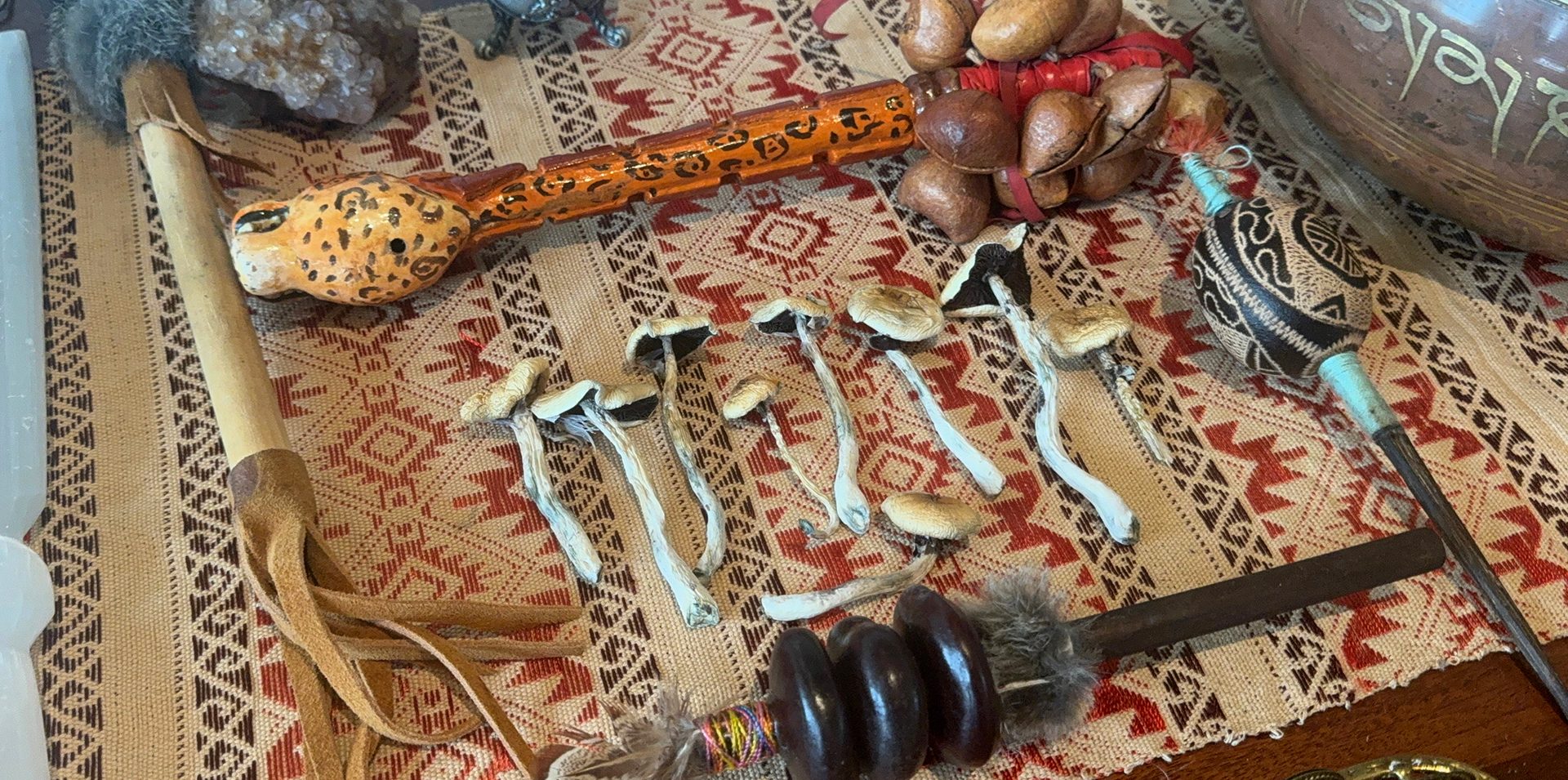
SACRAMENTS
SACRED SACRAMENTS

5-MeO-DMT, also known as 5-methoxy-N,N-dimethyltryptamine, or O-methyl-bufotenin, is a tryptamine-based psychedelic compound. It occurs naturally in certain toad species and various plants, with its discovery and synthesis dating back to 1936, credited to Japanese chemists Hoshino and Shimodaira.

Psilocybin is a naturally occurring psychedelic compound found in certain species of mushrooms. Consumed for centuries in indigenous rituals, psilocybin facilitates transformative experiences marked by vivid visions, introspection, and spiritual insights. Research suggests its potential therapeutic benefits for treating depression, anxiety, and addiction.
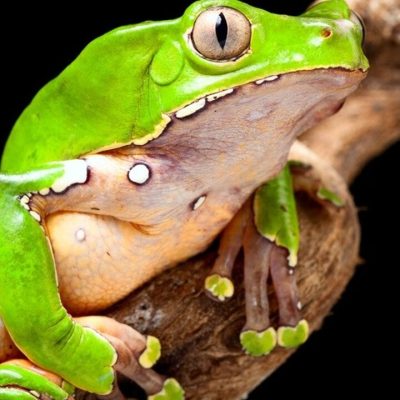
Kambo, or the "frog medicine," is a traditional Amazonian remedy derived from the secretions of the giant monkey frog. Applied to small burns on the skin, Kambo induces purging effects, leading to physical detoxification and purported spiritual cleansing. It is believed to boost immunity, increase vitality, and alleviate various ailments.
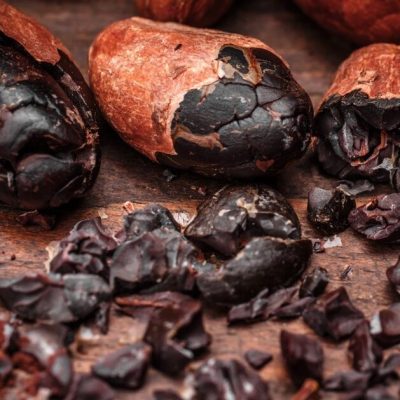
Cacao, known as "The Food of the Gods," is a revered plant native to Central and South America. In its pure form, it's consumed ceremonially for its heart-opening and mood-elevating properties. Rich in antioxidants and neurotransmitters, cacao promotes physical vitality and mental clarity, fostering unity and reverence in sacred contexts.

Yopo is a sacred psychoactive preparation made from the seeds of the Anadenanthera peregrina tree, native to South America. Used in indigenous rituals for millennia, Yopo contains DMT and 5-MeO-DMT, producing intense visionary experiences when insufflated. Its effects include vivid hallucinations, altered perception of time, and spiritual revelations.

Peyote is a small, spineless cactus native to Mexico and the southwestern United States, revered by indigenous cultures for its psychoactive properties. The cactus contains mescaline, a powerful psychedelic compound that induces profound alterations in consciousness, leading to spiritual insights, visual hallucinations, and emotional catharsis.
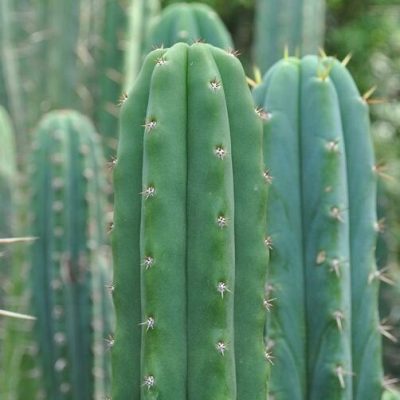
Huachuma, also known as San Pedro, is a sacred cactus native to the Andean region of South America. Used ceremonially for thousands of years, Huachuma contains mescaline, producing visionary experiences that foster introspection, emotional healing, and spiritual awakening. It is often consumed in shamanic rituals to facilitate personal growth and connection with nature.

Rapé is a sacred snuff made from a blend of powdered plants, typically containing tobacco and other medicinal herbs. Used by indigenous tribes in the Amazon basin, Rapé is blown into the nostrils using a pipe or bamboo applicator, producing a profound cleansing effect on the mind, body, and spirit. It is believed to clear energetic blockages, enhance focus, and induce states of heightened awareness.
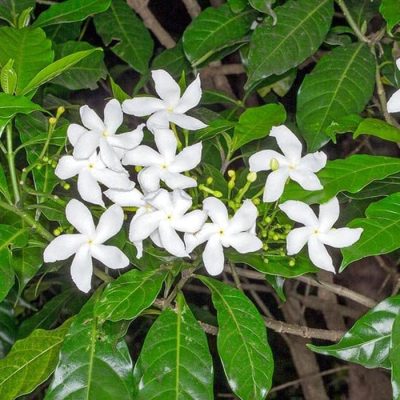
Sananga is a traditional eye drop preparation made from the roots and bark of the Tabernaemontana undulata plant, native to the Amazon rainforest. Applied to the eyes, Sananga induces intense but short-lived pain followed by enhanced visual clarity, improved perception, and heightened awareness. It is used ceremonially for spiritual cleansing, vision quests, and shamanic healing.

Rapé is a sacred snuff made from a blend of powdered plants, typically containing tobacco and other medicinal herbs. Used by indigenous tribes in the Amazon basin, Rapé is blown into the nostrils using a pipe or bamboo applicator, producing a profound cleansing effect on the mind, body, and spirit. It is believed to clear energetic blockages, enhance focus, and induce states of heightened awareness.